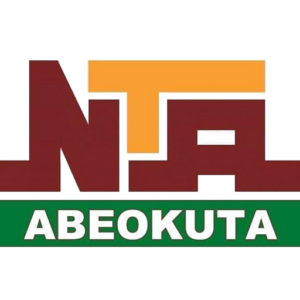
D. Jassim Haji
With the increasing dependence of artificial intelligence as a central element in business strategies, the available solutions widely expanded, making the evaluation process more complicated under a crowded square with service providers whose tools differ greatly in terms of abilities, approach, and long -term value. Despite what many providers are intelligent and data -based performance, the real challenges lies in distinguishing between already existing solutions on machine learning and those that restore traditional automation under the slogan of artificial intelligence.
The market includes a wide range of suppliers; Some of them provide a rapid integration through commercial partnerships, offering ready -made platforms for use with the lowest level of turmoil, while others prefer to develop solutions internally, giving institutions fully control, but with great technical requirements. Startups often provide technically advanced tools, but lack maturity or institutional support for infrastructure. As for systems integration companies, they have experience in complex publishing operations, but they often prefer unified solutions at the expense of allocation, which makes it difficult to meet accurate needs or integrate solutions smoothly with the current systems.
In light of this diversity, the task of assessing the actual depth of the capabilities of artificial intelligence remains crucial. Many solutions that are marketing as “artificial intelligence” are actually dependent on pre -determined rules or simple automation, instead of real adaptive learning. For example, automatic response systems are often seen on e -mail or bases as smart systems, despite their lack of data -based learning mechanisms. The challenge here is to distinguish between techniques capable of learning and development, and those that implement fixed instructions behind the bright user facades. Solutions that seem smart may not be able to adapt to new patterns or changes in data or transformations in the context of work.
In addition to the technical aspects, spreading artificial intelligence requires a comprehensive operational readiness that includes strong data governance, moral supervision, privacy protection, and training for users. These requirements are more complicated in the organized sectors, where international standards and local legislation impose strict restrictions that all suppliers may not be eligible to comply with them. Solutions should also take into account institutional restrictions from technical, legal and strategic aspects, rather than adopting a unified approach that does not take into account privacy. Successful projects often begin with a profound understanding of the commercial context and thoughtful planning to link the desired results to the available capabilities of the infrastructure.
After implementation, artificial intelligence systems impose continuous requirements that are different from traditional software. Continuous monitoring of models drifting, maintaining data quality, updating performance standards, and reclaiming models based on the change of needs, are all basic matters. Also, safety represents a unique challenge in this context, as threats such as hostile manipulation, bias in the results, and data leakage appear, which requires a proactive deal. Institutions often reduce the estimation of the resources required to manage these long -term challenges, especially when relying on suppliers who lack supported infrastructure or transparent plans.
With the acceleration of innovation in artificial intelligence, institutions should not be aware of the current capabilities of solutions, but rather to evaluate their ability to keep pace with the challenges of the future. The approach based on the dedicated development directed to real needs often proves its effectiveness and sustainability compared to public platforms. By focusing on the extent to which solutions are compatible with real goals instead of fascination with surface features, institutions can achieve a successful dependence on artificial intelligence characterized by flexible, feasibility, and sustainability away from the noise of common terms in the market.






